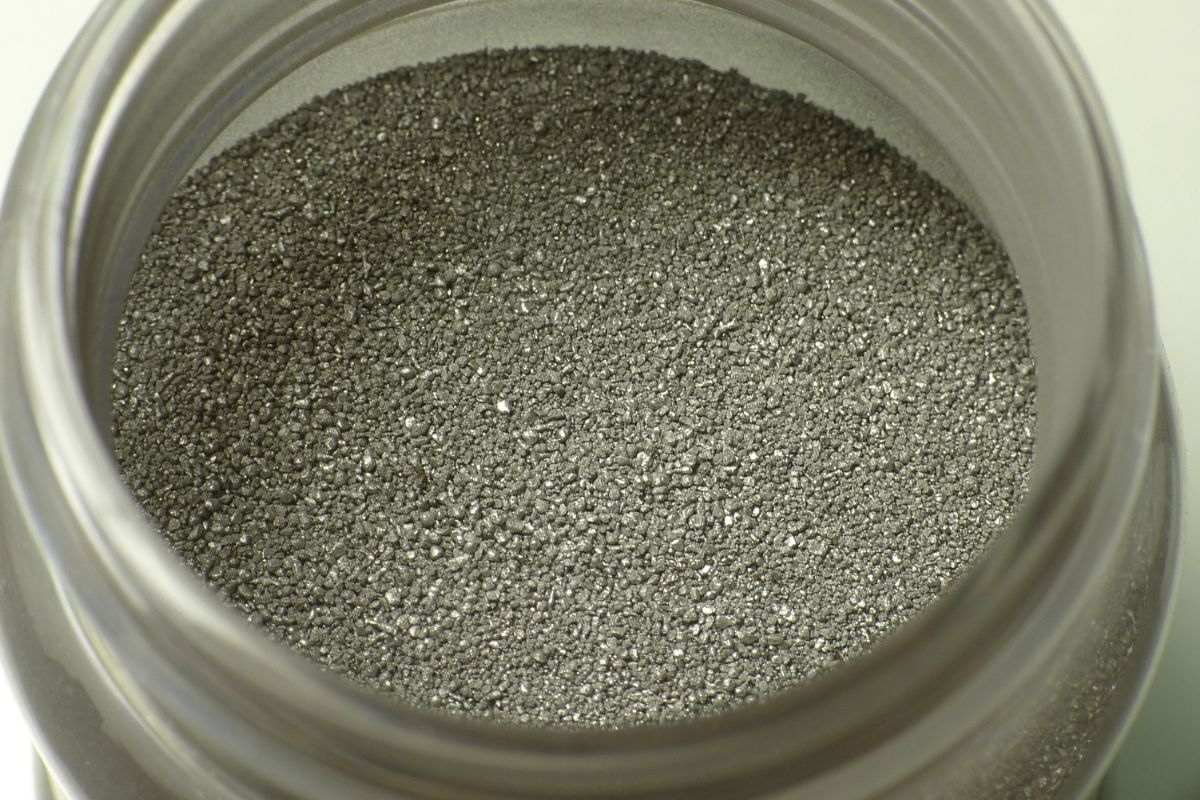
Powder metallurgy is a fascinating field that combines science, engineering, and creativity to produce metal parts from powdered materials. But what exactly makes it so special? Powder metallurgy involves pressing metal powders into desired shapes and then heating them to bond the particles. This technique offers several advantages, including reduced waste, precise control over composition, and the ability to create complex shapes that would be difficult with traditional methods. Whether you're a student, a hobbyist, or someone curious about manufacturing, these 28 facts will give you a deeper understanding of powder metallurgy and its applications. Ready to dive in? Let's get started!
What is Powder Metallurgy?
Powder metallurgy (PM) is a fascinating process used to create metal parts from powdered metal. This technique has been around for centuries, but modern advancements have made it more efficient and versatile. Let's dive into some intriguing facts about powder metallurgy.
-
Ancient Origins: Powder metallurgy dates back to ancient Egypt, where iron powder was used to create tools and weapons.
-
Modern Development: The modern PM process began in the early 20th century, revolutionizing manufacturing with its ability to produce complex shapes.
-
Wide Applications: PM is used in various industries, including automotive, aerospace, medical, and electronics.
-
Material Variety: Metals like iron, copper, aluminum, and titanium can be used in PM, offering a wide range of material properties.
How Does Powder Metallurgy Work?
Understanding the PM process helps appreciate its complexity and efficiency. Here are some key steps involved in powder metallurgy.
-
Powder Production: Metal powders are produced through atomization, reduction, or electrolysis.
-
Blending: Different metal powders are blended to achieve desired properties.
-
Compaction: The powder mixture is compacted into a desired shape using a die.
-
Sintering: The compacted part is heated below its melting point to bond the particles together.
-
Finishing: Additional processes like machining or coating may be applied to achieve the final product.
Advantages of Powder Metallurgy
PM offers several benefits over traditional manufacturing methods. Here are some advantages that make it a preferred choice.
-
Material Efficiency: PM minimizes waste by using nearly all the material in the final product.
-
Complex Shapes: It allows for the creation of intricate shapes that would be difficult or impossible with other methods.
-
High Precision: PM parts have tight tolerances and excellent dimensional accuracy.
-
Cost-Effective: The process is economical, especially for high-volume production.
-
Enhanced Properties: PM can produce materials with unique properties, such as high strength or wear resistance.
Challenges in Powder Metallurgy
Despite its advantages, PM also faces some challenges. Understanding these can help in improving the process.
-
High Initial Costs: The equipment and tooling for PM can be expensive.
-
Limited Material Choices: Not all metals can be processed using PM.
-
Porosity Issues: PM parts can have porosity, affecting their strength and durability.
-
Size Limitations: Large parts are challenging to produce with PM.
Innovations in Powder Metallurgy
Continuous research and development have led to several innovations in PM. These advancements are pushing the boundaries of what PM can achieve.
-
Additive Manufacturing: Combining PM with 3D printing technology allows for even more complex and customized parts.
-
Nanotechnology: Using nanoparticles in PM can enhance material properties like strength and conductivity.
-
Hybrid Materials: PM enables the creation of composite materials with tailored properties.
-
Sustainable Practices: Efforts are being made to make PM more environmentally friendly by recycling metal powders and reducing energy consumption.
Interesting Facts About Powder Metallurgy
Here are some additional fun and lesser-known facts about PM that highlight its versatility and importance.
-
Space Exploration: PM parts are used in spacecraft due to their high precision and reliability.
-
Medical Implants: PM is used to create biocompatible implants, such as hip and knee replacements.
-
Magnetic Materials: PM is essential in producing soft magnetic materials used in electric motors and transformers.
-
Jewelry Making: Some high-end jewelry pieces are made using PM to achieve intricate designs.
-
Art and Sculpture: Artists use PM to create detailed metal sculptures and art pieces.
-
Energy Storage: PM is being explored for use in energy storage systems, such as batteries and fuel cells.
The Final Word on Powder Metallurgy
Powder metallurgy is a fascinating field with a rich history and a bright future. From its ancient roots to its modern applications, it has revolutionized how we create metal products. This process offers numerous benefits, including material conservation, cost efficiency, and the ability to produce complex shapes with high precision. Industries like automotive, aerospace, and medical rely heavily on powder metallurgy for its versatility and reliability.
Understanding the basics of powder metallurgy can give you a deeper appreciation for the everyday objects around you. Whether it's the gears in your car or the components in your smartphone, this technology plays a crucial role. As advancements continue, we can expect even more innovative applications and improvements in efficiency.
So next time you come across a metal object, remember the incredible journey it might have taken through the world of powder metallurgy.
Was this page helpful?
Our commitment to delivering trustworthy and engaging content is at the heart of what we do. Each fact on our site is contributed by real users like you, bringing a wealth of diverse insights and information. To ensure the highest standards of accuracy and reliability, our dedicated editors meticulously review each submission. This process guarantees that the facts we share are not only fascinating but also credible. Trust in our commitment to quality and authenticity as you explore and learn with us.
